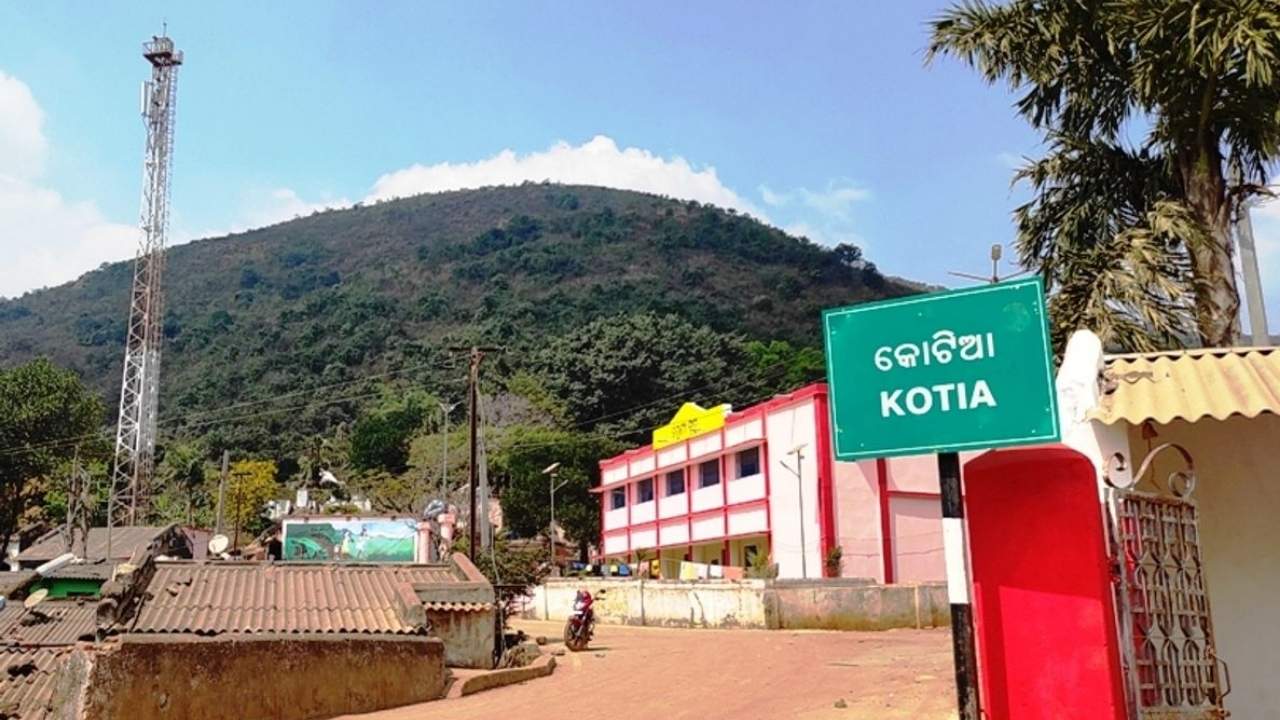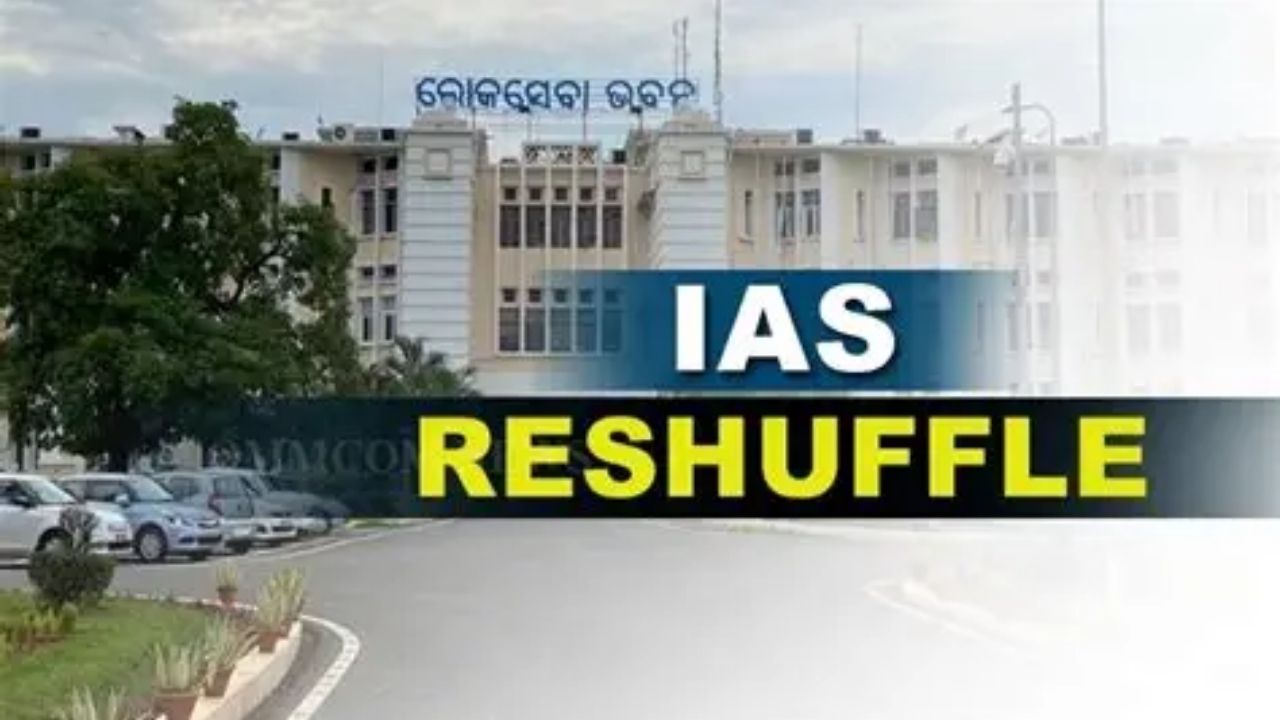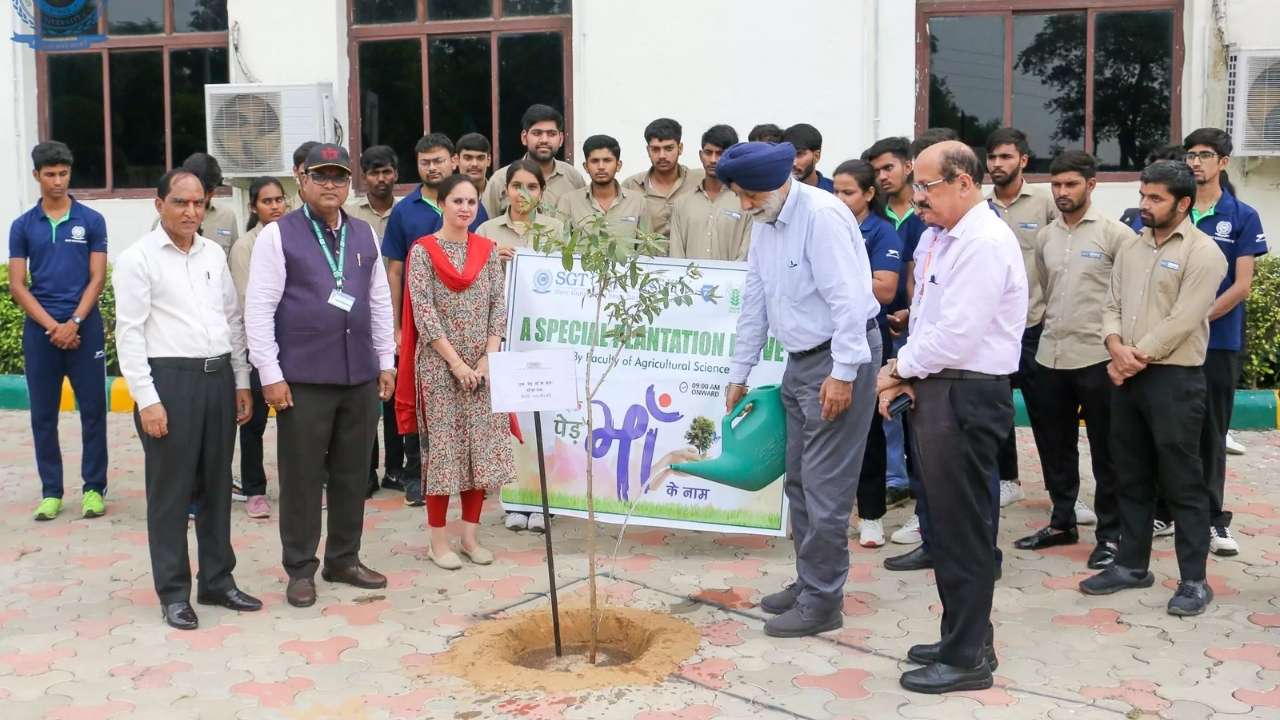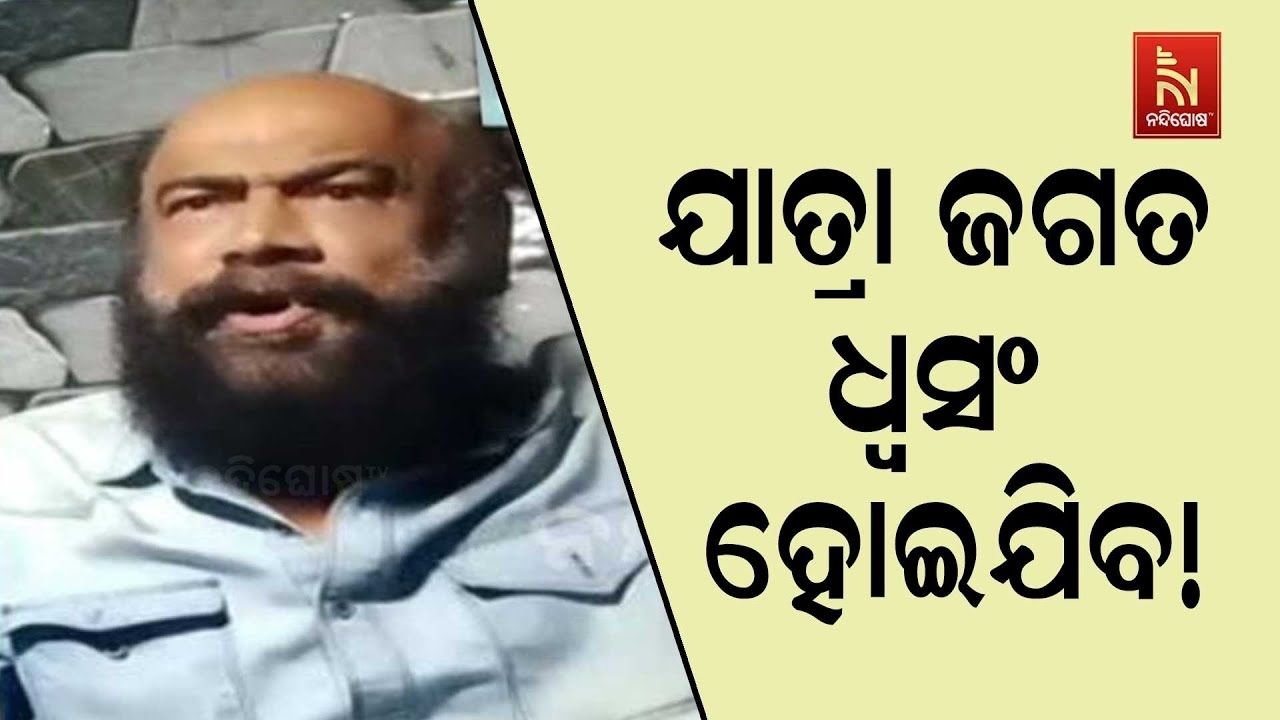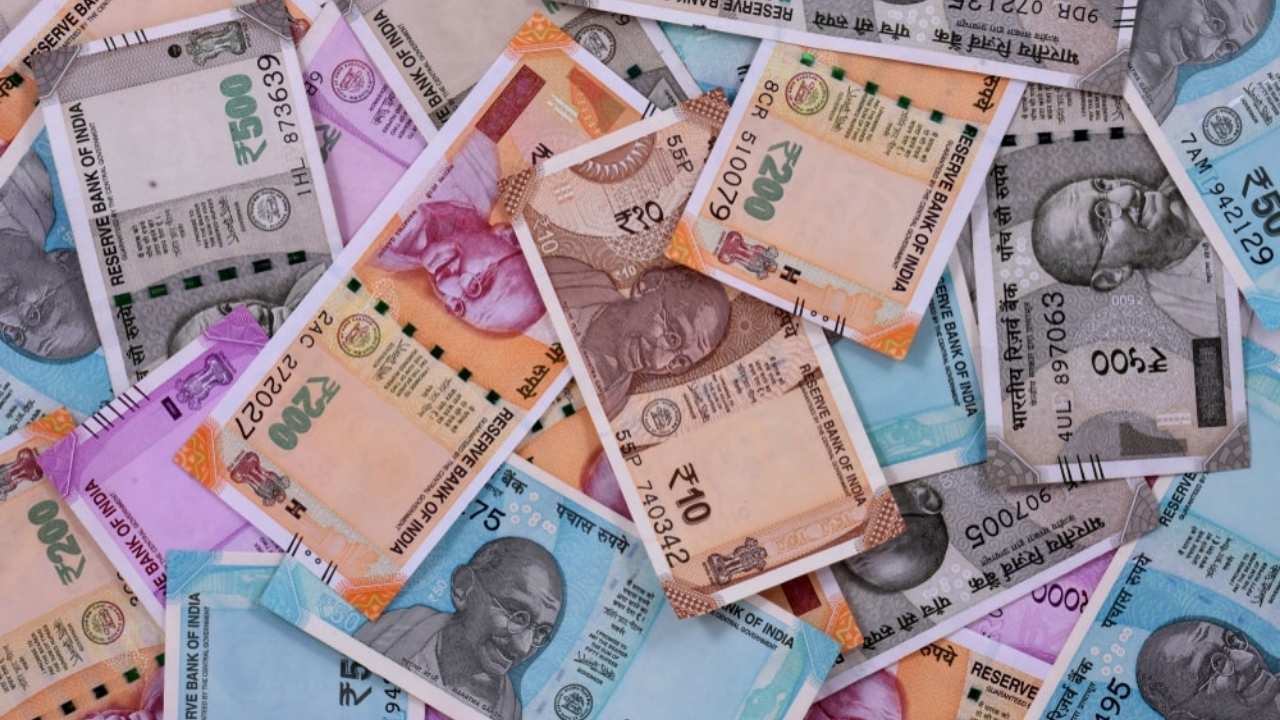The government of Odisha has established a permanent high-level committee to seek a resolution to the Kotia inter-state border dispute, a decades-long territorial conflict with the neighboring state of Andhra Pradesh. The move signals a renewed official effort to settle claims over a cluster of 28 villages located in a region rich in mineral resources.
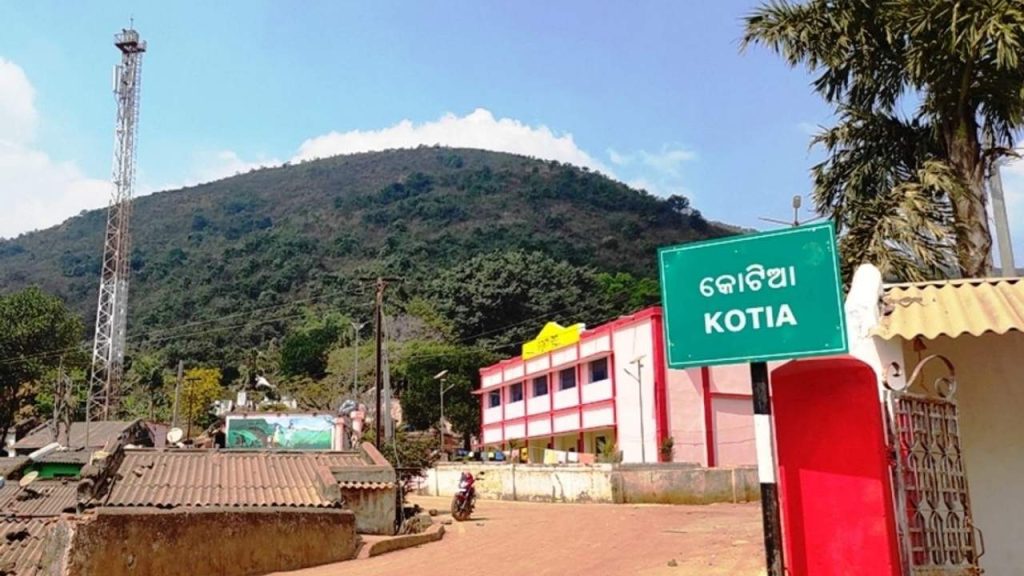
The New Committee’s Mandate
The newly formed body aims to provide a unified strategy for resolving the dispute, which has created administrative confusion and uncertainty for thousands of residents. According to a notification from Odisha’s Revenue and Disaster Management department, the committee will be chaired by the Revenue Divisional Commissioner (RDC) of the southern division.
Its members include the district collectors of Koraput and Gajapati, the Superintendent of Police for Koraput, and other senior state officials. The committee is tasked with examining the long-standing issue in detail, supervising developmental activities in the contested area, and formulating a path toward a permanent solution.
This formalization of efforts follows years of escalating tensions, during which both states have attempted to assert their authority. “The committee’s formation is a structured step towards finding an amicable and lasting solution,” a senior official in the Odisha Chief Minister’s Office stated, speaking on the condition of anonymity.
The Historical Roots of the Dispute
The Kotia inter-state border dispute is a legacy of the reorganization of states along linguistic lines following India’s independence in 1947. The conflict centers on the Kotia gram panchayat—a cluster of 28 villages—located in the Pottangi block of Odisha’s Koraput district. However, Andhra Pradesh has consistently claimed these villages as part of its Parvathipuram Manyam district.
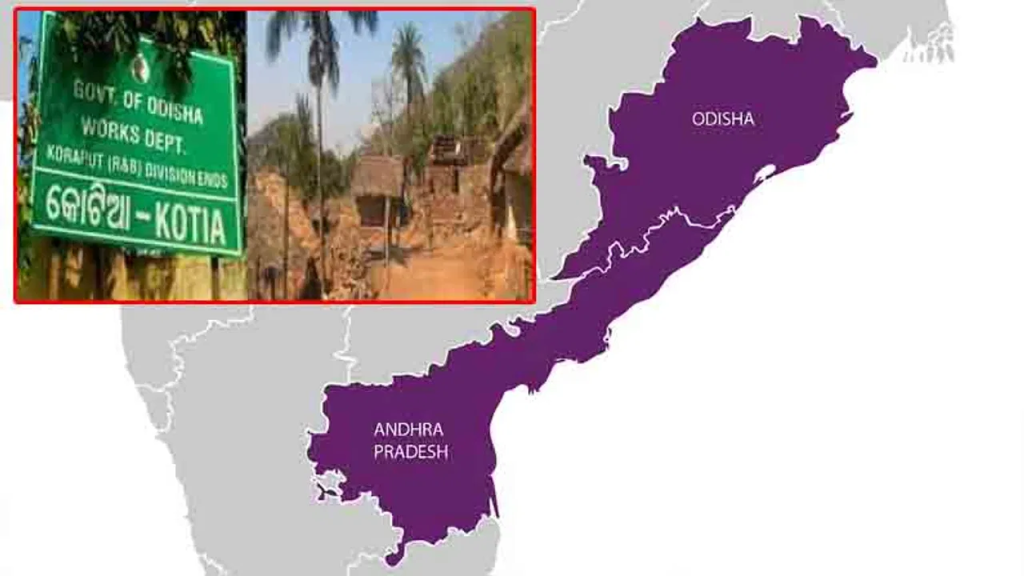
The dispute first reached the Supreme Court of India in 1968. In its ruling, the court held that resolving inter-state boundary disputes was not within its jurisdiction and that the matter could only be settled by Parliament. The court ordered both parties to maintain the “status quo” in the region, a directive that has been interpreted differently by both states, leading to recurring administrative conflicts.
A Battle for Administrative Control
In recent years, the dispute has intensified as both state governments have aggressively implemented welfare schemes and infrastructure projects to win the allegiance of the local population. This “development race” has resulted in an unusual situation where many residents possess official documents—such as voter IDs, ration cards, and land records—from both Odisha and Andhra Pradesh.
Tensions peaked when Andhra Pradesh held local panchayat (village council) elections in some of the disputed villages in 2021, renaming them and including them in its newly formed Parvathipuram Manyam district. The Odisha government strongly contested this move, filing a contempt petition with the Supreme Court, arguing that it violated the 1968 “status quo” order.
Life in a Disputed Territory
For the approximately 5,000 residents of the Kotia villages, the overlapping territorial claims create both benefits and chaos. While some have leveraged the situation to access welfare benefits from both governments, many face significant administrative hurdles.
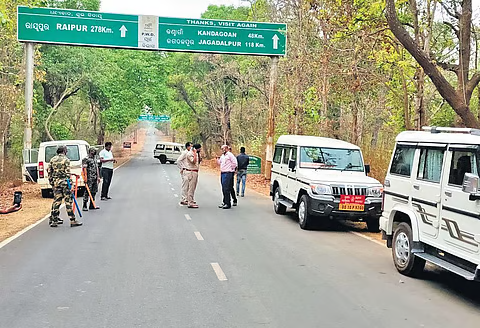
“We have voter cards from both states. When one government builds a road, the other starts a drinking water project,” a resident of the village of Fatuseneri told local reporters. “But when there is a problem, we don’t know which police station or which administrative office to go to.”
This duality underscores the identity crisis at the heart of the dispute. The local population is largely tribal and communicates in both Odia and Telugu, the primary languages of Odisha and Andhra Pradesh, respectively.
The Path to a Resolution
Legal experts note that a final resolution remains complex. The Supreme Court’s previous stance places the onus on the central government and Parliament to legislate a solution. The new committee formed by Odisha is expected to prepare a comprehensive report that could serve as the basis for negotiations with Andhra Pradesh or for petitioning the central government to intervene.
The ultimate solution will require significant political will from both state governments to arrive at a mutually agreeable demarcation. Until then, the administrative and developmental tug-of-war continues, leaving the residents of Kotia suspended between two states.
Odisha Cong Chief Criticizes BJD’s Abstention in Vice-President Election
Odisha Government to Sanction 50,000 Houses Under Antyodaya Scheme
Odisha Government Approves ‘IT Policy 2025’ to Boost Technology Development
FAQs
1. What is the Kotia inter-state border dispute?
The Kotia inter-state border dispute is a long-standing territorial conflict between the Indian states of Odisha and Andhra Pradesh over the administrative control of 28 villages in the Kotia gram panchayat.
2. Why couldn’t the Supreme Court of India resolve the issue?
In a 1968 ruling, the Supreme Court stated that resolving inter-state boundary disputes is a function of the Parliament of India, not the judiciary. It ordered the states to maintain the status quo, but did not draw a final border.
3. How does the dispute affect the people living in Kotia?
Residents often face administrative confusion, holding official documents from both states. While some benefit from dual welfare schemes, the lack of clear jurisdiction creates uncertainty regarding policing, land rights, and official governance.

